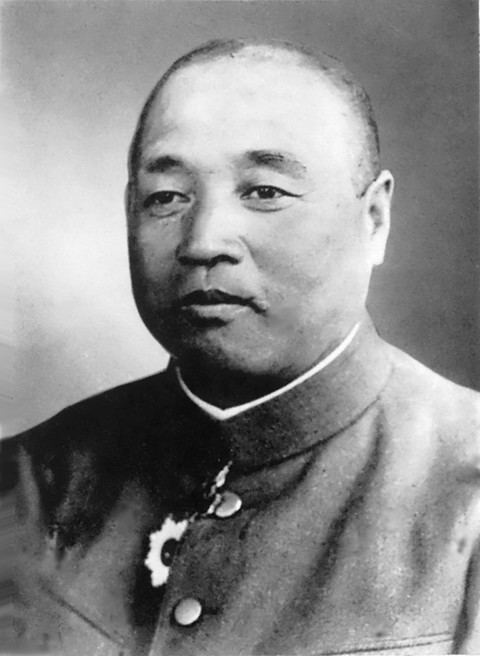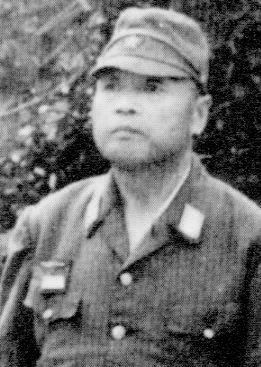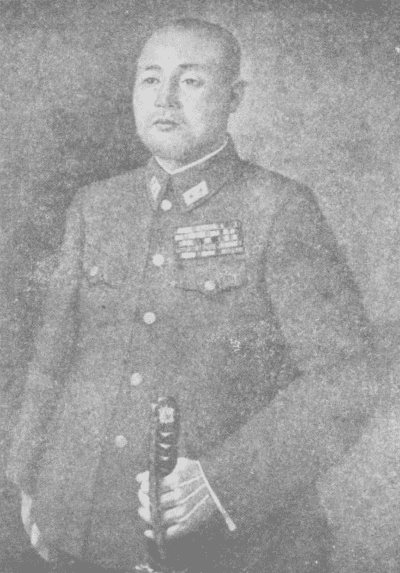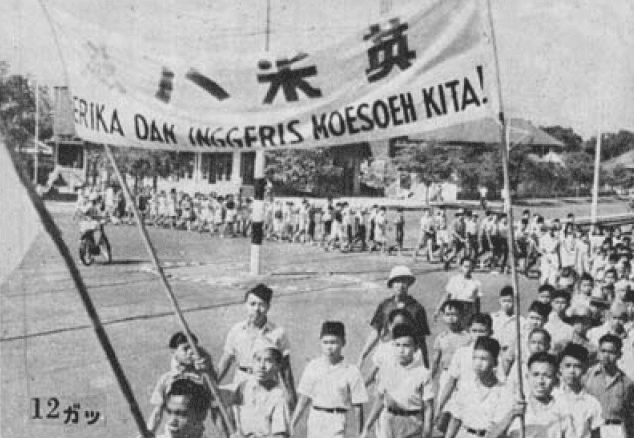Native name 今村 均 Died October 4, 1968 | Years of service 1907 - 1945 Rank General officer Name Hitoshi Imamura | |
 | ||
Born 28 June 1886Miyagi Prefecture, Japan ( 1886-06-28 ) Commands held 5th DivisionTwenty-Third ArmySixteenth ArmyEighth Area Army Battles/wars World War IIChinaNew GuineaSolomon Islands Battles and wars Similar People Hein ter Poorten, Alidius Tjarda van Starkenb, Hisaichi Terauchi, Harukichi Hyakutake, Jinichi Kusaka | ||
ccc2012 gentle on my mind hitoshi imamura
Hitoshi Imamura (今村 均, Imamura Hitoshi, 28 June 1886 – 4 October 1968) was a general in the Imperial Japanese Army in World War II.
Contents

Early career

A native of Sendai city, Miyagi Prefecture, Imamura’s father was a judge. Imamura graduated from the Imperial Japanese Army Academy in 1907 and was commissioned a second lieutenant in the infantry on 26 December of that year. He was promoted to lieutenant in November 1910 and attended the Army War College (Japan) in 1915. He was promoted to captain in 1917, and was sent to England as a military attaché the following year. He was promoted to major in August 1922 and to lieutenant-colonel in August 1926. In April 1927, he was appointed as a military attaché to British India. Promoted to colonel on 1 August 1930, he held a number of staff positions in the Operations Section of the Imperial Japanese Army General Staff from 1931-1932.
Wars in China

With the January 28 Incident of 1932, he was sent to take command of the IJA 57th Infantry Regiment. On his return to Japan, he became Commandant of the Narashino Army School from 1932-1935.

In March 1935, Imamura was promoted from regimental commander to brigade commander of the IJA 40th Infantry Brigade with the rank of major general. He was assigned as Deputy Chief of Staff, of the Kwangtung Army in Manchukuo in March 1936. He was recalled to Japan to assume the post of Commandant of the Toyama Army Infantry School from 1937-1938.

Promoted to the rank of lieutenant general in March 1938, Imamura was given command of the IJA 5th Division, then based in China, which he continued to command in the early stages of the Second Sino-Japanese War to 1940.

From 1940-1941, he was Deputy Inspector-General of Military Training, deputy to one of the most powerful officials in the Japanese Army. He was subsequently appointed Commander in chief of the Twenty Third Army.
The Pacific War
Imamura became the commander of the Sixteenth Army in November 1941, and was directed to lead that army in the invasion of the Dutch East Indies. As his fleet approached Java, during the invasion, his transport, the Shinshu (Ryujo) Maru, was sunk by torpedoes, probably by friendly fire, in the Battle of Sunda Strait and he was forced to swim to shore.
Imamura adopted an unusually lenient policy towards the local population of the former Dutch East Indies (present-day Indonesia), which was often in conflict with general opinions and plans of the senior staff of the Southern Army and Imperial General Headquarters. However, his policies won much support from the population (particularly in Java, where he and the 16th Army, placed under his command, was based at) and helped to mildly reduce the difficulties of the Japanese military occupation. In late 1942, he assumed command of the new Eighth Area Army, responsible for the Seventeenth Army in the Solomon Islands Campaign and the Eighteenth Army in the New Guinea Campaign. Imamura was then based at Rabaul in New Britain.
Imamura was promoted to full General in 1943. Along with the naval commander at Rabaul, Vice Admiral Jinichi Kusaka, Imamura surrendered the Japanese forces in New Guinea and the southern Pacific Islands to Australian forces, representing the Allies, in September 1945. Imamura was detained at Rabaul by the Australian Army, as he and troops under his command were accused of war crimes, including the execution of Allied prisoners of war (one infamous example being how Allied POWs that his troops captured in eastern Java were locked up in bamboo cattle cages that were thrown overboard into shark-infested waters), and were held for a military tribunal. In April 1946, Imamura wrote to the Australian commander at Rabaul, requesting that his own trial for war crimes be expedited in order to speed the prosecution of war criminals under his command. Imamura was charged with "unlawfully [disregarding and failing] to discharge his duty...to control the members of his command, whereby they committed brutal atrocities and other high crimes...". He was tried by an Australian military court at Rabaul on May 1–16, 1947; convicted, and sentenced to imprisonment for ten years. Imamura served his imprisonment at Sugamo Prison, in Tokyo, until he was released in 1954.
